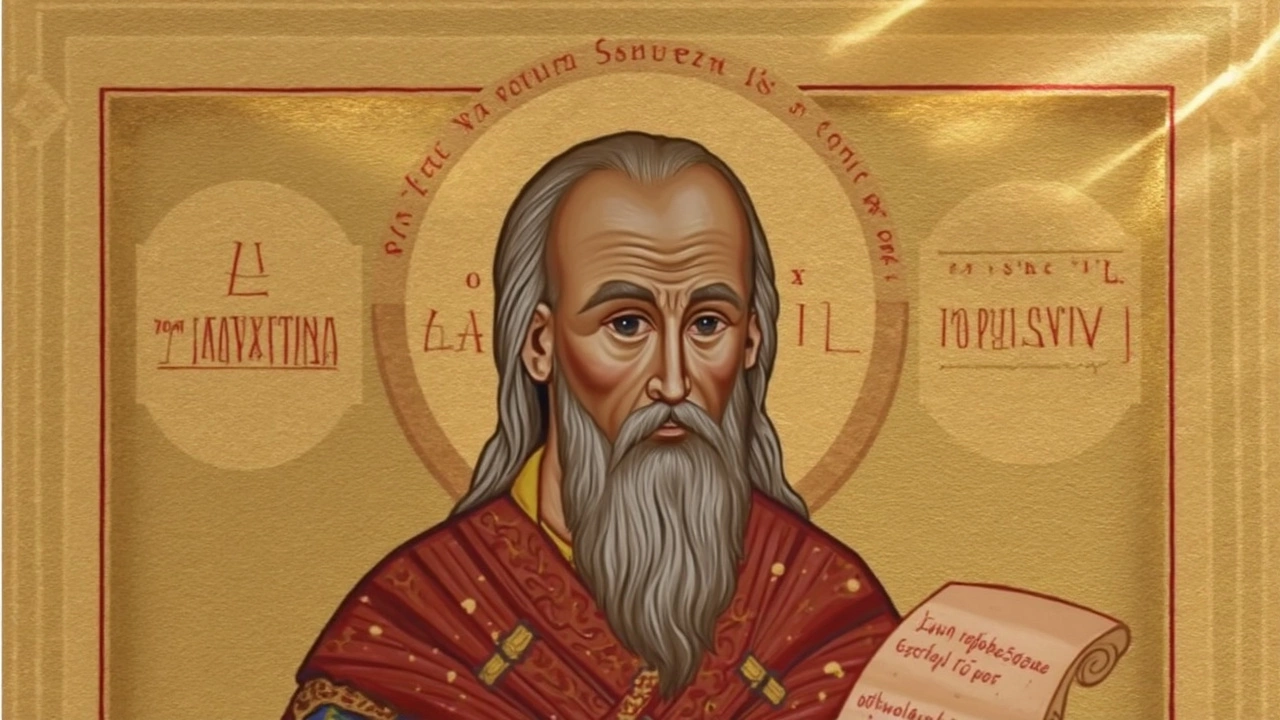History of Valentine's Day: From Ancient Roots to Today's Love Fest
Ever wonder why February 14 is all about hearts, roses, and chocolate? It’s not just a marketing stunt – the day has a surprisingly tangled past that mixes old pagan rites, early Christian martyrs, and a dash of medieval romance.
The earliest clues point to a Roman celebration called Lupercalia. Held in mid‑February, this wild festival honored the god Lupercus and featured goat sacrifices, matchmaking lotteries, and lots of revelry. When the Roman Empire turned Christian, church leaders wanted a more respectable holiday, so they replaced Lupercalia with a day honoring St. Valentine.
Who Was St. Valentine?
History mentions at least three different Valentines who were martyred in the third century. The one most linked to romance is a priest in Rome who supposedly performed secret marriages for young couples when Emperor Claudius II banned them, believing single men made better soldiers. When the emperor found out, he arrested Valentine, and legend says he wrote a loving note to the jailer’s daughter before his execution on February 14.
That note – signed “From your Valentine” – is the earliest known use of the phrase we still use today. Though the story blends fact and folklore, it gave the church a good reason to mark the date as a celebration of love.
Middle Ages to Modern Day
By the 14th and 15th centuries, the day had turned into a popular time for lovers to exchange poems and tokens. Geoffrey Chaucer’s poem “Parliament of Foules” (1382) is often credited with linking romance to February 14, describing birds choosing mates on that day.
Fast forward to the 18th century in England, people started making simple paper “valentines” with sweet verses. The tradition spread to America, and by the 1900s commercial cards were mass‑produced. The first candy‑filled boxes appeared in the 1930s, and chocolate companies quickly jumped on board.
Today, Valentine's Day is a global phenomenon, but customs differ. In Japan and South Korea, women give chocolate to men, and men return the favor a month later on “White Day.” In Finland, the day is more about friendships than romance, called “Friend’s Day.”
While the commercial side can feel overwhelming, the core idea stays the same: a day to show appreciation for the people we care about. Whether you send a handwritten note, share a favorite song, or simply spend time together, the history behind the holiday reminds us that love has been celebrated in many forms for centuries.
So next time you pick up a card or a box of sweets, remember you’re part of a tradition that started with ancient rituals, survived outlawed marriages, and evolved into the worldwide celebration we know today. Use that knowledge to make your own Valentine's Day a little more personal and a lot more meaningful.

The Intriguing Mystery of St. Valentine: History's Hidden Lover
Unraveling the mystery of St. Valentine, Dr. Patricia Janzen Loewen sheds light on the legendary figure's martyrdom under Emperor Claudius II. Despite scant historical details, Valentine's secret marriages and ultimate execution have come to symbolize devotion, blending with pagan traditions to shape the romantic holiday we know today. Traces of his existence linger in relics and ancient Roman sites.
View more